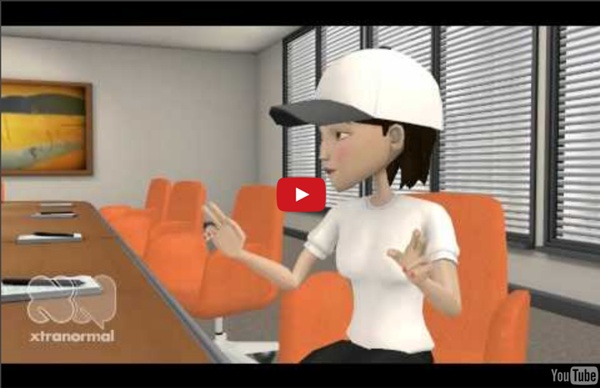



Lewis and Clark MapQuest Resources Even Elephants Love Touchscreens We have seen some amazing animals-plus-iPads footage in the past, but this fresh clip offers the biggest thrill yet. "Biggest" not just in terms of cute, but also in terms of bulk, because the clip features an adorable tech-loving pachyderm named Peter. Peter seems more than at home with the new Samsung Galaxy Note's touchscreen interface (shunning apples for bananas at one point, we note) and handy with a few of the apps too. Is that an elephant he's trying to draw at 0:40? Hit up the video above for a dose of charming viral marketing.
Video: Aligning Curricular Materials This is a four minute video in which David Coleman, a contributing author to the Common Core State Standards, describes an exemplary module that he and his fellow authors have designed. After watching this video and reading the Publishers’ Criteria and accompanying rubric, educators might select curricular material and assess it using the expectations articulated in the Publishers’ Criteria and measured through the rubrics. In what ways do these curricular materials meet this high bar for Common Core alignment? In what ways can their alignment be improved? Participants may even want to have a variety of materials available and spend time “norming” on the scoring of those materials against the rubric until a common language and/or a common “eye” is established amongst the group so that the definition of “Common Core Alignment” becomes a shared understanding. This is just one way of conducting professional development around this video.
Twitter An Overview This 14-minute video provides an overview of the Common Core State Standards in ELA/Literacy. NYS Commissioner of Education John B. King Jr. and contributing author David Coleman discuss the background of the Common Core State Standards, their value in the state, the principles of their development, and the changes required of schools during this transition. The video provides an introduction or re-introduction to the standards, as well as fodder for a discussion about what it will mean to implement these standards. This is just one way of conducting professional development around this video. Funny But True Facts of Life: Tech Edition Some facts of life are sad but true. We’ve taken a look at a few of these true life facts just a couple of weeks ago. To follow up, here are ten sad but true facts related to tech. Which have you experienced? via Truthfacts.com
1. Introduction Funny Videos, Funny Video Clips and Funniest TV Commercials 2 Guided Reading Video: Text-based Answers This is an 11 minute video which features a discussion between NYS Commissioner of Education John B. King Jr., David Coleman (contributing author to the Common Core) and Kate Gerson (a Sr. Fellow with the Regents Research Fund) addressing Shift 4 –Text Based Answers. By unpacking Shift 4, the discussion addresses what it takes to create opportunities for students to have deep, evidence-based conversations about text. After watching this video, educators might ask themselves: What is shift 4? Participants might also work together to review the exemplars of guiding questions and then design an interesting sequence of text dependent questions around a particular text. This is just one way of conducting professional development around this video.
Parent and Family Resources The Common Core State Standards are important because they will help all children – no matter who they are – learn the same skills. They create clear expectations for what your child should know and be able to do in key areas: reading, writing, speaking and listening, language and mathematics. If you know what these expectations are, then you can work with the teacher and help your child prepare. Read the letter from Commissioner King to parents regarding the release of the grades 3-8 test results. Watch the new video for parents and families about the Common Core Standards and the Grade 3-8 state assessments in English Language Arts and Mathematics: Watch the videos below for an overview of the Common Core State Standards in English Language Arts/Literacy and Mathematics. To see how the Common Core Instructional Shifts outlined in these videos are broken down, see the Common Core Video Series.
America Achieves: Welcome Common Core or Guided Reading Recently, I've been fielding questions about guided reading (à la Fountas and Pinnell) and the common core; mainly about the differences in how they place students in texts. Before going there, let me point out that there is a lot of common ground between guided reading and common core, including high quality text, the connections between reading and writing, the emphasis on high level questions and discussion, the idea that students learn from reading, and so on. Nary a hint of conflict between the two approaches on any of those issues. Not so with student-book placements; on that there is a substantial divide. Guided reading says go easy, and common core says challenge them. Easy, according to F&P, means placing kids in books that they can read with better than 90% accuracy and with high reading comprehension (and they make no distinction between beginners and more adept readers in this regard). How can these schemes be so different?